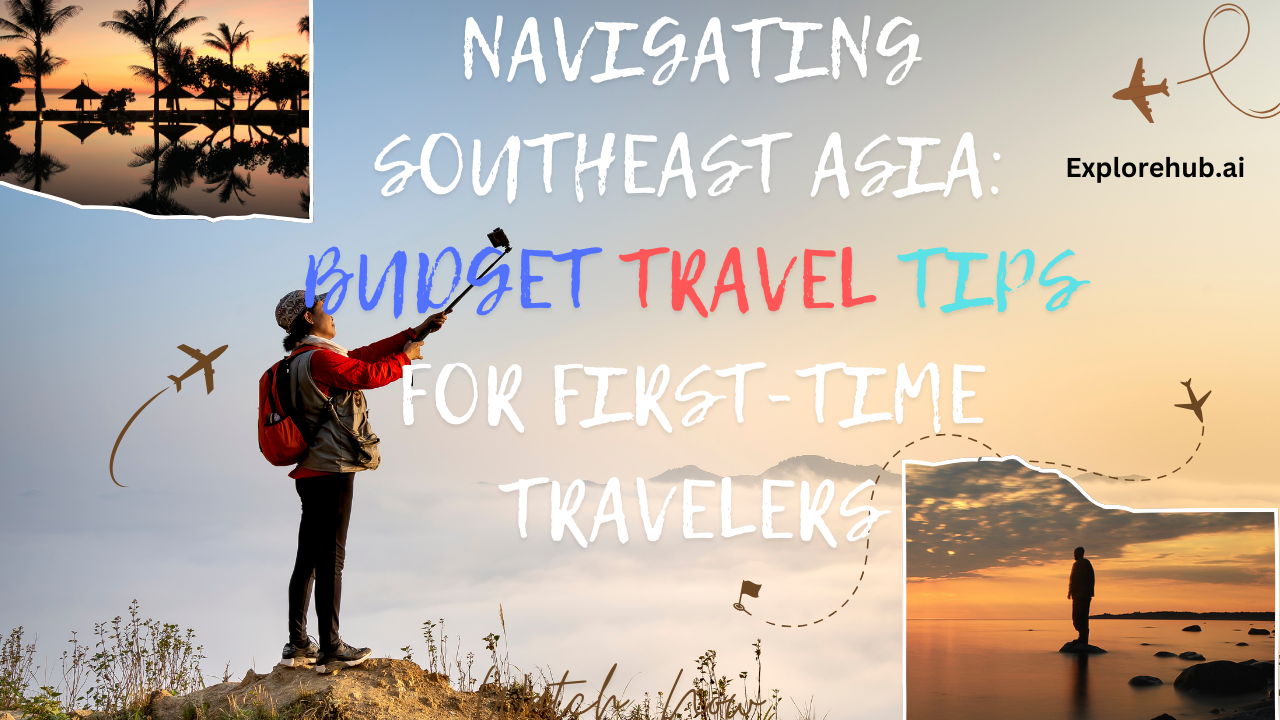Dreaming of turquoise waters, lush green landscapes, and bustling street markets? Southeast Asia offers all that and more! Known for its rich culture, breathtaking scenery, and affordability, it’s a paradise for budget travelers. But planning your first trip to this enchanting region can feel overwhelming. Don’t worry—this guide will help you navigate Southeast Asia without breaking the bank.
Table of Contents
Pre-Trip Planning
Research Your Destinations

Southeast Asia is diverse, with each country offering unique experiences. Popular destinations include Thailand for its beaches, Vietnam for its history, and Indonesia for its islands. Consider visiting during the dry season (November to April) for the best weather.
Set a Budget

Estimate your daily expenses, including accommodation, food, and transport. Most travelers spend $30-$50 daily, but it varies by country. Remember to account for hidden costs like visa fees and travel insurance.
Book in Advance
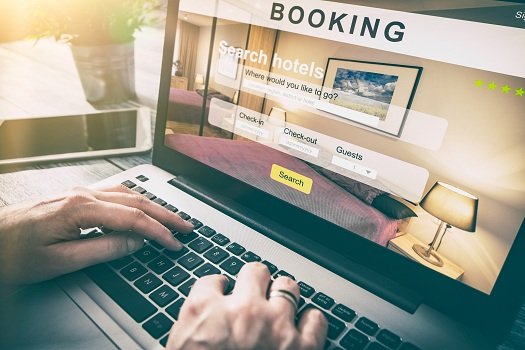
Flights and accommodation are often cheaper when booked early. Use platforms like Skyscanner for flights and Agoda for hotels. If you’re traveling extensively, consider passes like AirAsia’s ASEAN Pass for discounted flights.
Transportation Tips
Affordable Flights

Southeast Asia is home to budget airlines like AirAsia, Scoot, and Nok Air. Subscribe to their newsletters for flash sales. Flying mid-week or during off-peak hours can also lower costs.
Local Transport Options
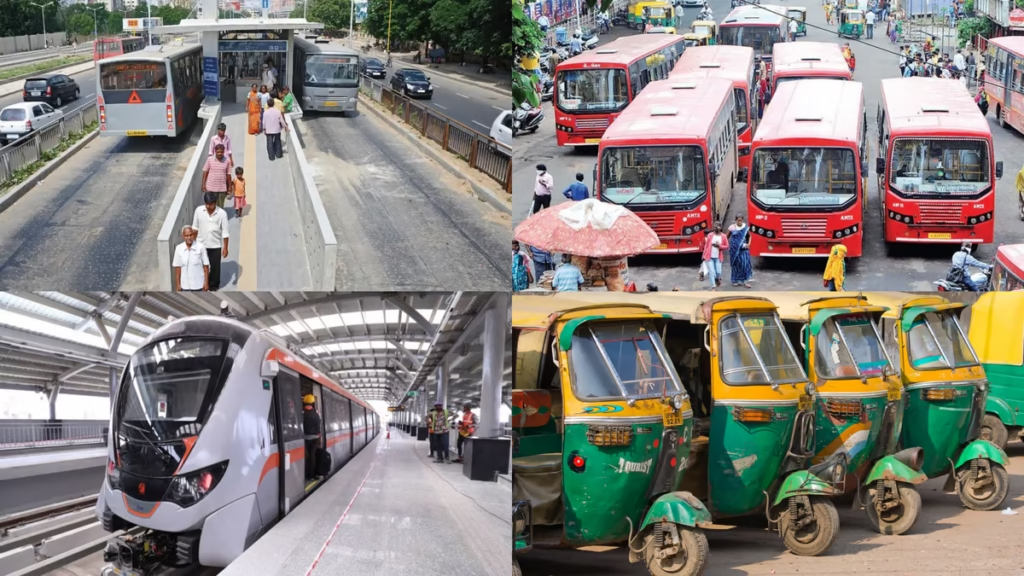
Getting around is affordable if you use local transport. Buses and trains are inexpensive and often provide a glimpse into local life. For short distances, tuk-tuks and motorbike taxis are fun options. Renting a motorbike is another budget-friendly way to explore, but ensure you have an international driving license.
Accommodation on a Budget
Hostels and Guesthouses

Hostels are a backpacker’s staple, offering social vibes and low prices. Use apps like Hostelworld to compare options. Guesthouses are another great choice for privacy at a reasonable price.
Alternative Accommodations

Consider Couchsurfing to stay with locals for free or opt for homestays to experience local culture. Last-minute booking platforms like HotelTonight can score you discounted deals.
Eating Well Without Overspending
Street Food Culture
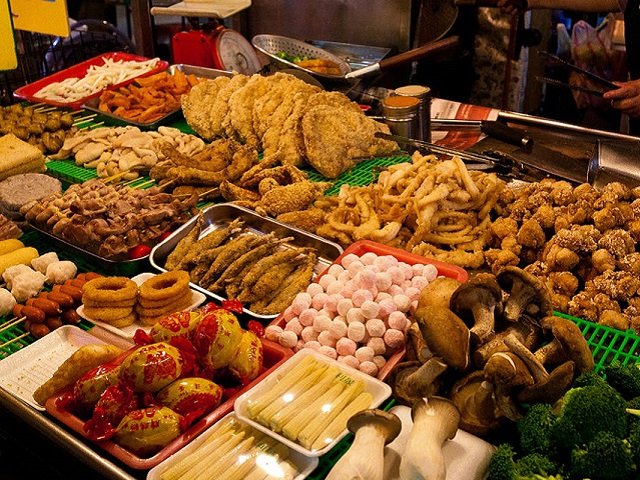
Southeast Asia’s street food is legendary. Dishes like Pad Thai, pho, and nasi goreng are delicious and cheap. Stick to busy stalls where food is freshly prepared to stay safe.
Budget-Friendly Restaurants
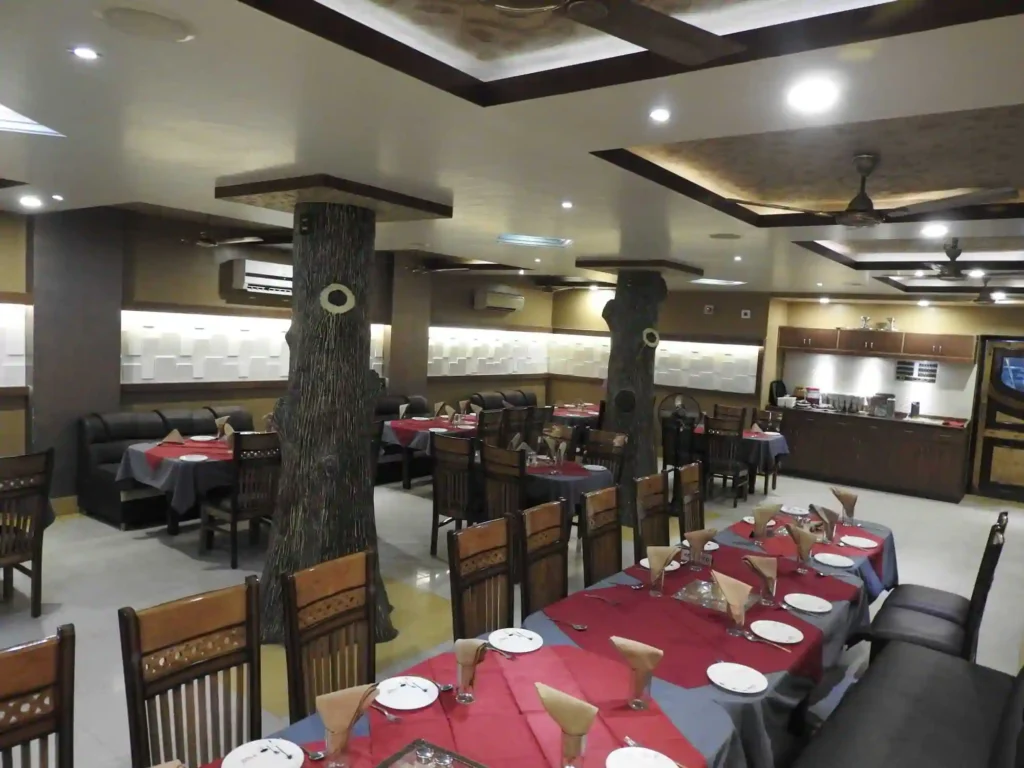
Use apps like GrabFood or HappyCow to find affordable meals. Respect local dining customs, such as not pointing your chopsticks or leaving them upright in a bowl.
Activities and Sightseeing
Free or Low-Cost Attractions
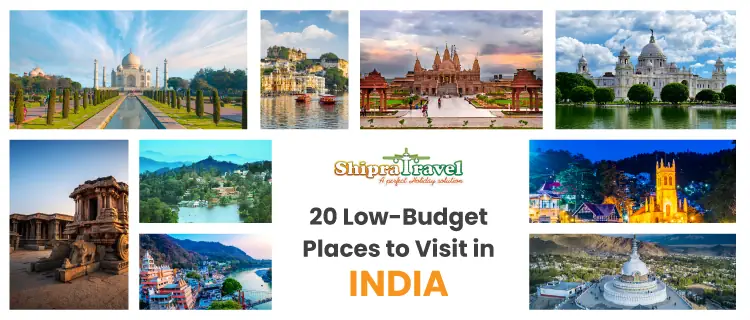
Explore temples, wander through bustling markets, or hike in national parks. Many attractions, like Angkor Wat or Halong Bay, offer reduced entry fees for students, so carry a valid ID.
DIY Tours
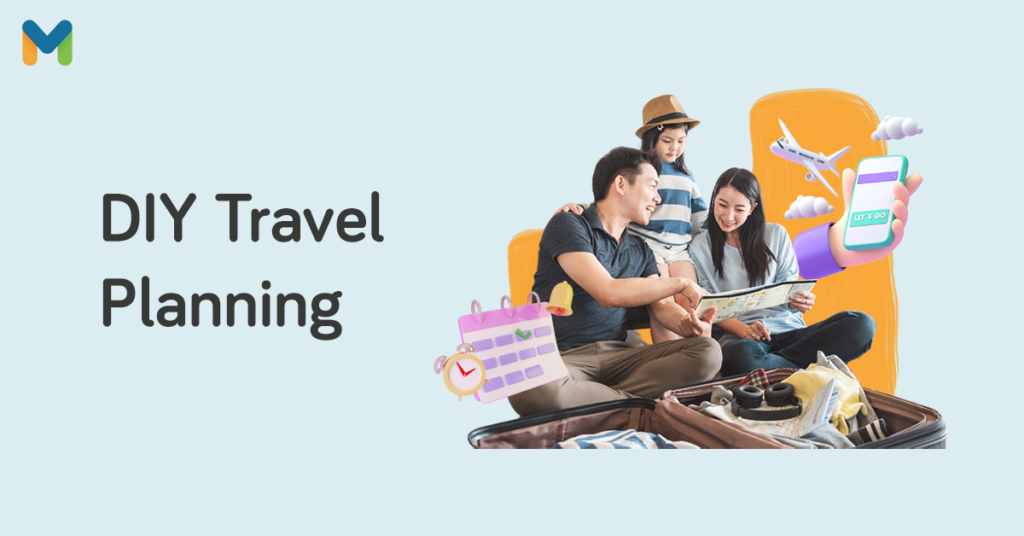
Skip expensive tours by exploring on your own. Download apps like Maps.me for offline navigation and guides. Joining free walking tours is another excellent way to learn about a place.
Saving Money on the Go
Negotiation Tips
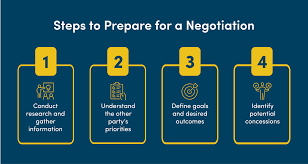
Haggling is a prevalent activity in markets and during transportation. Begin by offering half the indicated amount and then negotiating from there. Always be pleasant and smiling!
Managing Currency Exchange
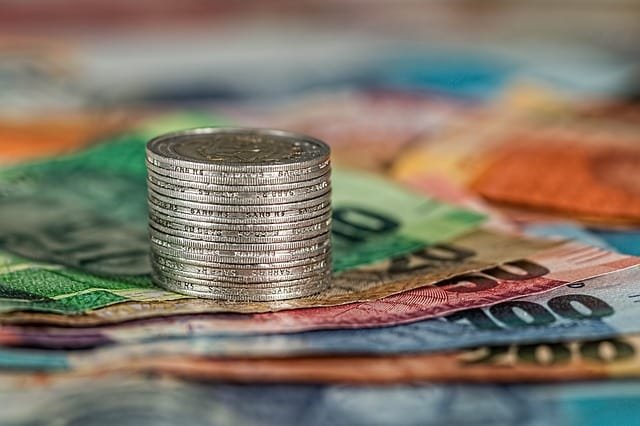
Avoid transferring money at airports since the costs are hefty. Instead, use ATMs or online services like Wise to get better rates. Apps can help you track exchange rates and maximise your spending.
Staying Safe While Traveling
Health and Safety Tips
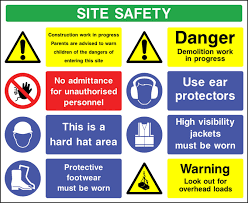
Get necessary vaccinations and carry basic medicines. Always have travel insurance—it’s a lifesaver for unexpected events. Be cautious of common scams like overcharging or fake tours.
Connectivity and Communication
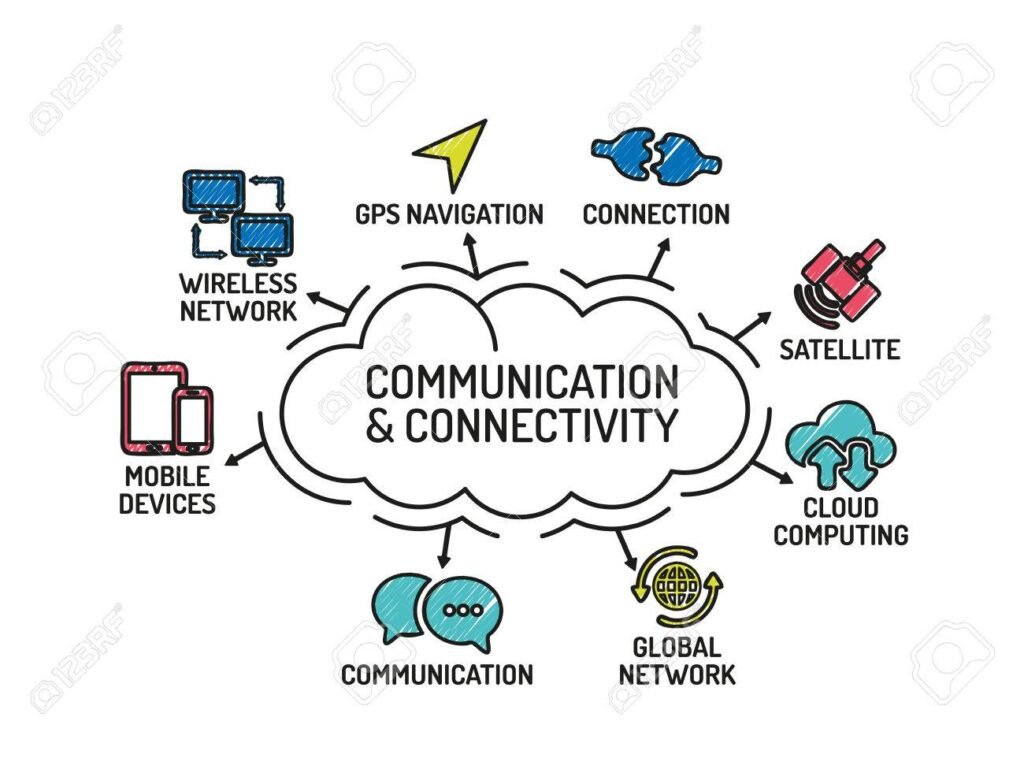
Stay connected by purchasing local SIM cards, which are affordable and offer data plans. Apps like WhatsApp or Skype are handy for staying in touch with loved ones.
Also visit:
Plan Your Adventure: Top Hiking Trails in Colorado for Weekend Getaways
The Most Scenic Top Hiking Trails in Colorado for Stunning Views
Explore Beyond Rome and Venice: Hidden Gems in Italy
Hidden Gems in Italy: Your Guide to Offbeat Adventure
Hidden Germs in Italy: Unique and Undiscovered Places
The Best Beaches in Florida for Nature Lovers
Conclusion
Southeast Asia is a dream destination for budget travelers, offering a mix of adventure, culture, and affordability. With proper planning and these tips, you can make the most of your trip without burning a hole in your pocket. So pack your bags, embrace the unknown, and get ready to create unforgettable memories!

